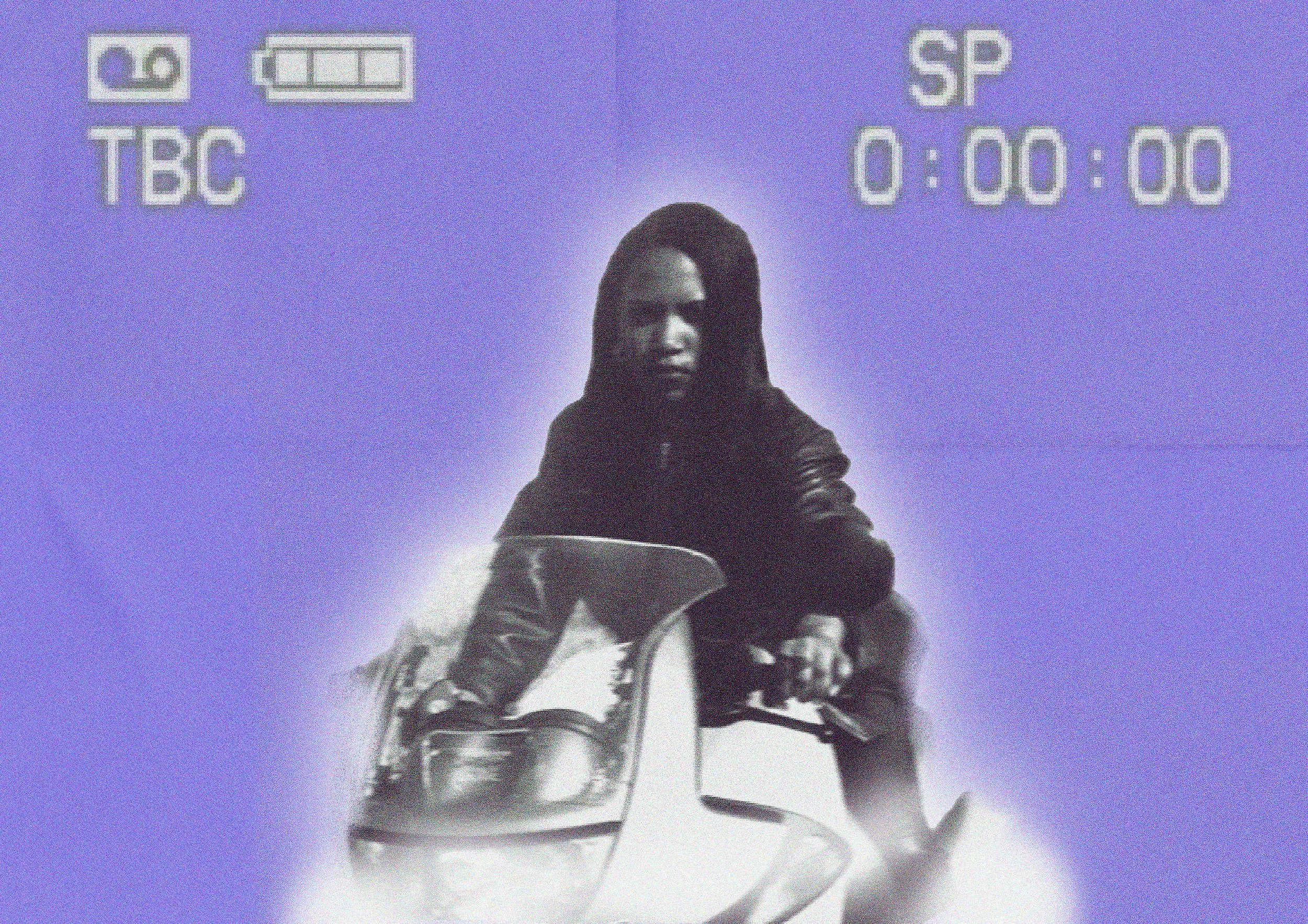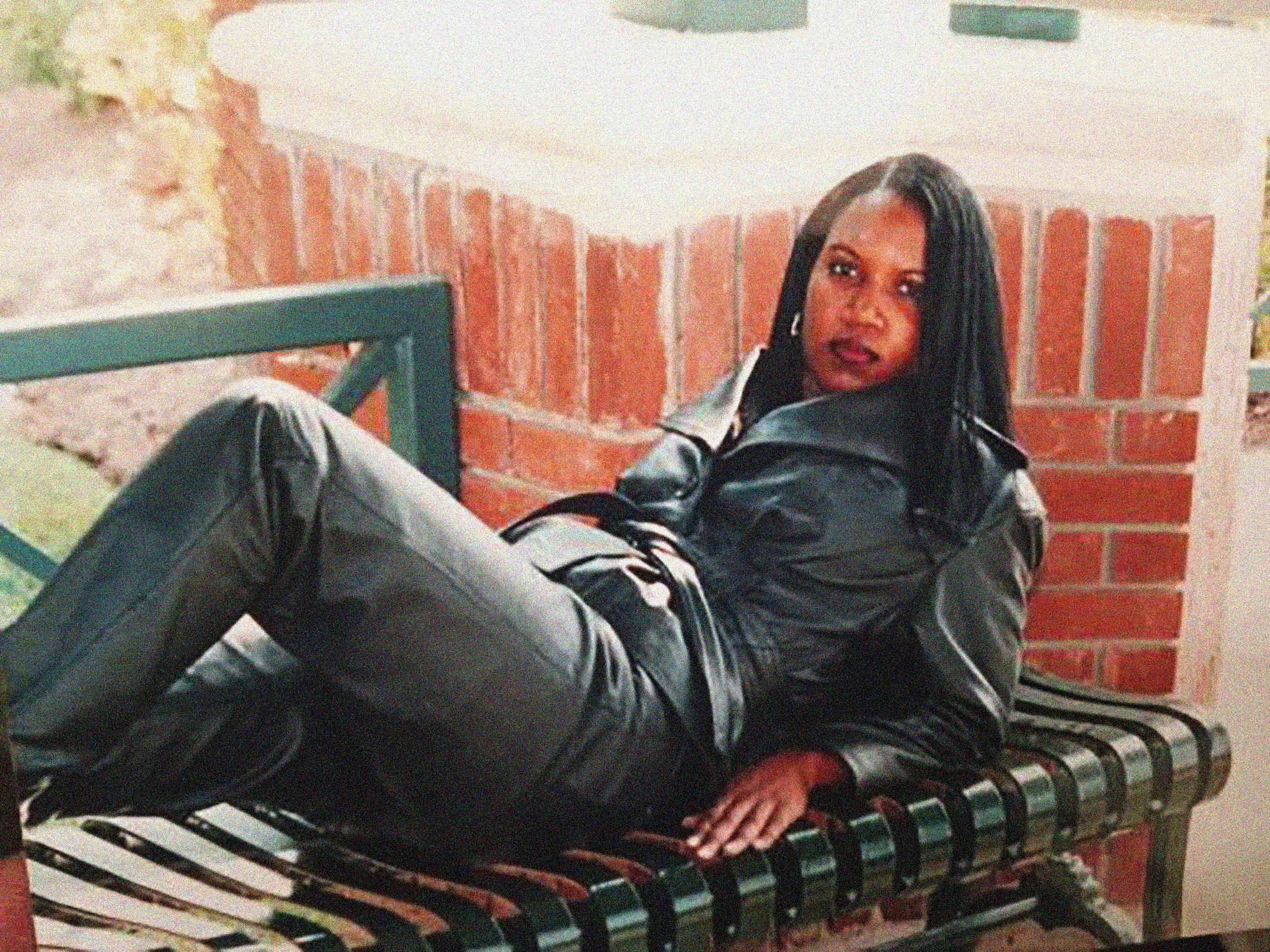Meet Tina Ashton: The Unsung Icon of Louisiana's '90s R&B Scene
Say hello to Tina Ashton, the Shreveport soulstar turned mother and teacher. Her three-decade cult R&B following and buried-diamond-like discography make her story more than worth uncovering.
It's not uncommon for artist communities to rapidly become cult-like. Powered by passionate and somewhat secretive listeners, music has a way of building walls around enjoyers of sound. Disguised as a secret but intended to be discovered. I've had a few discussions with people after an artist popped out with a viral hit and often heard, 'I was there from the beginning, I practically discovered them'.
I haven't been willing to evangelise in the name of spreading good music—until now. I'm mature enough to admit that I was a selfish listener. This piece comes from my need to double the discovery and pass it on to the next. The next is you, an avid reader.
What happens to artists who disappear? And what becomes of the fraternity they leave behind?
The short answer is that we mourn the story cut short and spend our lives unapologetically championing its sound, clinging to the hope of an unexpected but welcome resurgence in the years to come. This is one of the lessons I’ve learned as a devotee of Tina's circle.
Plucked from the boot of Southern USA—Shreveport, Louisiana—Tina Ashton embodied the golden era of American R&B. She emerged during one of the most competitive periods for the genre, where talent and creativity set an impossibly high bar. Yet, like a rose growing through concrete, she thrived.
Growing up in Louisiana—or, as some might say, living inside a real-life rap song—brass knuckles were necessary to make it home from school unscathed. Among those in the know, she was revered as the Aaliyah of the South, her music spoken of with near-mythic reverence. And, like so many African American artists before her, Ashton's love affair with music was ignited in the church choir.
One random summer holiday or Spring Break, the engine of Tina's music career revved for the first time. While some students pray that their internship converts into a full-time offer, Tina had no idea she would trade her receptionist role for a lead vocalist at Offda Hook Records. "While at work, I would hear people singing and think to myself, I could do that. I gave it a shot by auditioning. Aside from that, I found myself always writing and creating," she recalled.
Tina is for the lover girls and boys yearning for another '90s album to lose themselves in while nursing their Sunday Scaries. For those who wish their favourite 2000s albums had just one or two more tracks—I’m currently listening to "Dreamin" from Tina's first disc, Are U.Bout' It?, as I write this at 9:40 AM on a Sunday. I wouldn't recommend a project that hasn't been tried and tested.
Her catalogue is no longer unfamiliar territory; I know my way around her work now, with a handful of firm favourites. Her 1997 debut—through its title and the calling card of its opening track—indirectly responded to Master P's group TRU and their 1995 single (and later No Limit Records motion picture) "I'm Bout It, Bout It". A devoted fan of Master P, she admired his relentless hustle and mirrored his style on her first album—right down to the ad-libs on the title track.
The title song peaked at #73 on Billboard's Hot R&B Singles chart, staying there for seven weeks—though conflicting sources also cite its peak at #72. After that, Tina seemingly faded into obscurity, with little heard from her since. Yet, even in her absence, misconceptions about her music persisted. "A lot of people thought I had Master P on my record," she admitted. "It was actually a guy named Picklehead who stepped into the booth making that sound, so they just recorded him on a whim."
Tina was guided by her mentors, The Lynch Brothers [Sam and Dale], as she took the lead on songwriting in collaboration with the former. The Are U.Bout' It? album sessions boasted local producers who drew inspiration from both Baton Rouge and NOLA (New Orleans) customs. Sweetening her musings, she places the listener in the seat of what sounds like a lover playing games. Ashton lowered her bucket of questions into the '90s love well, already brimming with concerns.
"Back then, I was just a teenager, but I thought it made sense for a girl to be the one asking the question—'Are you really about it? Are you about love? Are you willing to pursue me the right way?'" Tina reflects. Having listened to her work from start to finish, I can confidently say her musical petition would have made me act right.
Tina's pleas on wax did exactly what they were meant to—she got that man to act right, and the rest was history. Much like the honeymoon phase of any relationship, her debut lays down tender, persuasive vocals that set the tone for what's to come—an irresistible first impression.
Her elusive sophomore album, Let's Ride, produced by Dale Lynch, takes a bolder, more assertive approach, challenging the expectations set by her debut. Shrouded in more mystery than Google can resolve, even Tina herself only owns a single CD copy. While she insists the album was likely released around 1999, various sources claim it dropped in 2002 or even 2003, depending on where you look.
Unlike her debut, Let's Ride didn't find the same local success, slipping further into obscurity. Tina laughed as she recalled the album's cover—where she straddles a motorcycle, her brows thin and sharply arched—noting that the concept wasn't her idea. "I'm more about sunflowers and femininity," she assured. But with her newfound creative freedom, she built an emotional playground, experimenting with vocal textures and arrangements. "I felt like I was coming into myself. I didn't feel new anymore."
“We pulled all of this off on a budget—no music videos for either of my albums, just straight grind. And somehow, over the years, people from Japan have been reaching out, asking me to perform—it’s wild. All I can do now is hope that my music will finally hit streaming platforms one day. Otherwise, you might as well go sit down somewhere [laughs].”
On "He's Loving Me", she directly addresses the audience, teasing us about our unserious lovers. She referred to this track as three things: drama, pure drama, and cockiness. Her enchanting voice lets us down quickly.
The middle of the album contrasts with the confidence exuded at the start, suggesting that the layer of faux security has melted away. Her anxieties are brought to the forefront, creating an environment for a communal cry. Let's Ride perfectly encapsulates young relationships and the penchant for lust, thrill, and instability.
Tina's artistic progression is undeniable in her second album, as she delivers a full production. She paints the scene, featuring drama-filled skits and an impressive array of styles. Tina puts on a talent show in 'Do My Thang', with the production asserting that she can be anyone she wants artistically. Not only does she handle the vocals in this song, but she also takes on the bars and emulates a T-Boz bounce.
Very early in her career, Tina showed she was a well-rounded artist. Her work promised a bright future for the industry and threatened to give the likes of TLC, Total, and 702 a run for their money. Reflecting much later, the musician mentions being pleased with both projects and thanks her teammates for producing a sound that was needed then and is coveted now.
Many years later, the artist recounts her initial feelings upon discovering that her first album was being sold for $75 a pop on music marketplace websites. "I have not made a dime from those sales, and that's the challenge many artists are up against." She explained how unsold records, often mishandled by wholesalers, can prevent musicians from earning profits down the line.
Warning against signing away rights and royalties due to a lack of knowledge, she admitted that the situation still stings. In 2021, Tina took matters into her own hands, reissuing Are U.Bout' It? on vinyl for the first time in collaboration with NBN Archives—and it quickly sold out.
Stressing authenticity, Ashton chuckled as she confessed the times she would cringe when people unpicked her edgy image on the cover of Let's Ride: "I agreed with them. I'm not a bad girl. I couldn't ride a motorcycle and have never driven one." She instead advises artists to "produce music that speaks from the heart and speaks for the type of artist you want to be known as."
Listen, artists are allowed to drop the mic. There is a reason why the expression is popular. I empathise with listeners who become attached, and I am one of them. I appreciate the opportunity to have my burning questions answered. Ashton recalls travelling, performing and returning to studies after the release of her first album.
Now, as a mother, she is becoming more aware that her works are loved via social media and appreciates the interconnectedness, a factor that older artists do not take for granted compared to younger artists.
It's not only about the present. Sadly, nearly everyone Tina collaborated with on these albums has passed away, including the aforementioned Sam Lynch, who penned the standout track "Inhale My Flow" from Tina's first LP. He added a clever pre-chorus pun inspired by Bill Clinton to the song.
Tina is now the last living remnant of this era and her career, which makes it all the more urgent that we document her story. Her story bridges the past and present and must be preserved for the future of Black music's often misconstrued archive.
At this point, you should be committed to this entry from a devoted fan of Tina Ashton, who is writing to you—a listener often left unsatisfied on New Music Fridays. You might be surprised to learn that Ashton has decided to leave her secular music career to follow in the footsteps of her childhood favourites, Marvin Sapp and Fred Hammond, by entering the gospel music arena. This marks a full-circle moment as she excitedly shares that she is working on a gospel song titled "Beautiful God". We may soon be treated to a three-four track maxi-single or EP.
Sometimes, all it takes is a chance encounter or a conversation about a genre of interest with the right person to uncover a treasure trove of hidden or forgotten artists. There is no better feeling than seeing the music tunnel extend a little further after enduring a dry spell, stuck with only the top section of your liked songs or searching through playlists, hoping for a 'slept-on' gem to emerge from the shadows and make its way into your queue. So go forth and spread the gospel of good music.
Listen to the Let's Ride sampler here.




